How Does Propeller Pitch Affect Boat Performance?
Boat enthusiasts chase performance. Engineers build for it. But, performance doesn’t just depend on the hull design, engine size, or even the type of fuel. One often-overlooked yet mission-critical part of the equation is the boat propeller, specifically its pitch. In fact, propeller pitch can make or break your boat’s ability to accelerate, carry loads, or reach its top speed. It influences how hard the engine works, how fast the boat moves, and how much fuel it consumes while doing so.
Let’s break it down. What is propeller pitch? Why does it matter so much? And how does it affect boat performance? Stick with us while we explain everything you need to know about propeller pitch.
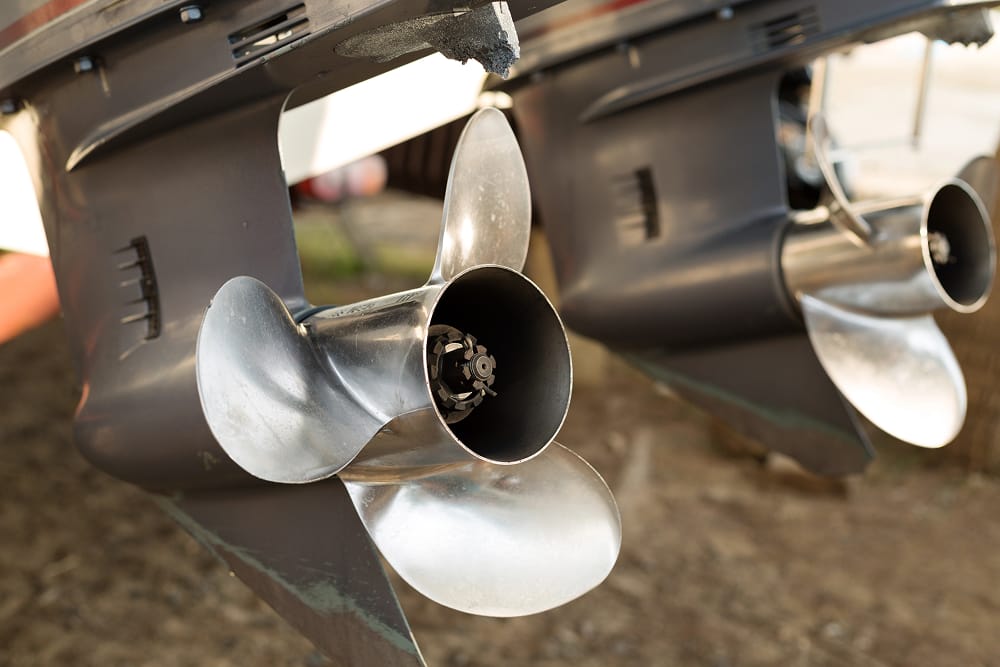
What Is a Propeller Pitch?
In simplest terms, pitch refers to how far a propeller would move forward in one full rotation if it were biting into a soft solid instead of water. For example, a 19-inch pitch prop is designed to move 19 inches forward with each revolution, assuming no slippage.
A higher pitch propeller acts like a high gear in a car. It’s great for top speed, but sluggish from a dead stop due to low torque. A lower pitch behaves more like low gear, quick to accelerate but not built for cruising.
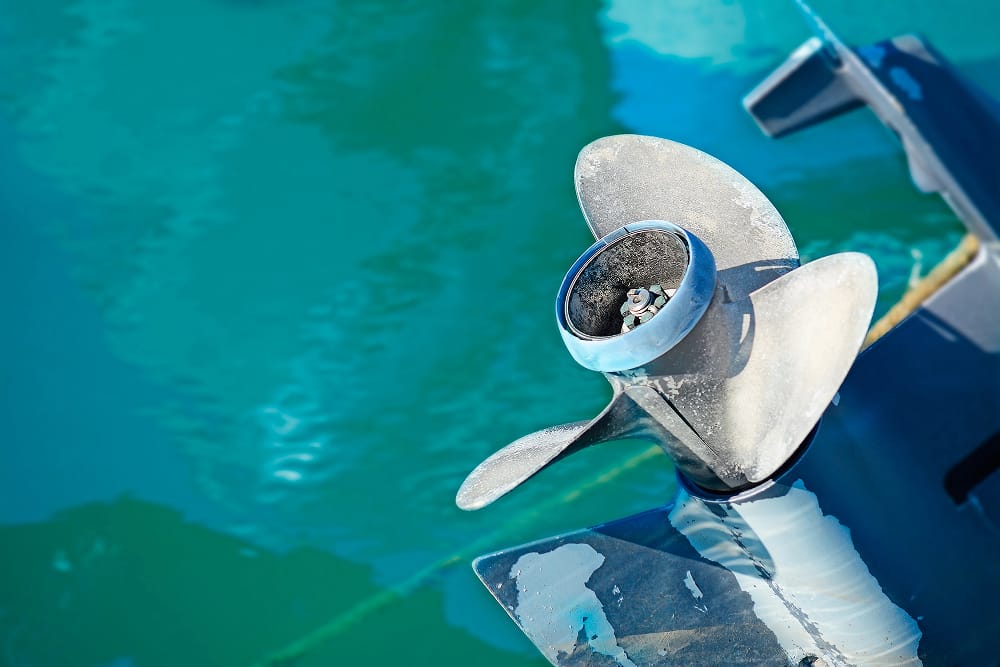
Propeller Diameter & Pitch Work Together
People often obsess over pitch without considering propeller diameter, but they go hand in hand. Both are basic measurements that define how your propeller blades interact with the water. While pitch determines distance moved per turn, diameter refers to the width of the circle made by the blade tips during rotation.
When diameter and pitch are correctly matched, your boat gets optimal performance. But when they’re mismatched, you’ll notice sluggish starts, poor fuel economy, or even engine strain.
How Propeller Pitch Affects RPM & Speed
When you adjust propeller pitch, you directly influence the engine RPM, the propeller RPM, and the overall feel of your boat’s performance.
- Lower-pitch props allow your engine to reach maximum RPM more quickly, which improves acceleration and provides more pulling power. This is great for slower boats, water sports, or hauling gear.
- Higher pitch props reduce engine RPM, which often increases fuel efficiency and helps achieve better top speed, but only if your engine has enough horsepower to spin it.
Run too much pitch, and your engine might never hit its top RPMs. That puts extra strain on the motor, builds up heat, and over time, it can really mess things up inside.
The Importance of Staying in the Maximum RPM Range
Every outboard engine has a maximum RPM range, usually listed in the owner’s manual or on the manufacturer’s site. Your job is to pick a boat propeller that allows your engine to operate comfortably within that range at wide open throttle.
If your propeller pitch is too aggressive (too high), your engine RPM falls short. That leads to slower acceleration, poor hole shot, and undue stress on the internal engine parts. On the other hand, if the pitch is too low, the propeller RPM increases, the engine runs too hot, and you lose fuel efficiency. In short, pitch controls engine behavior. And variables like load, weight, and water conditions cause the engine to do more work.
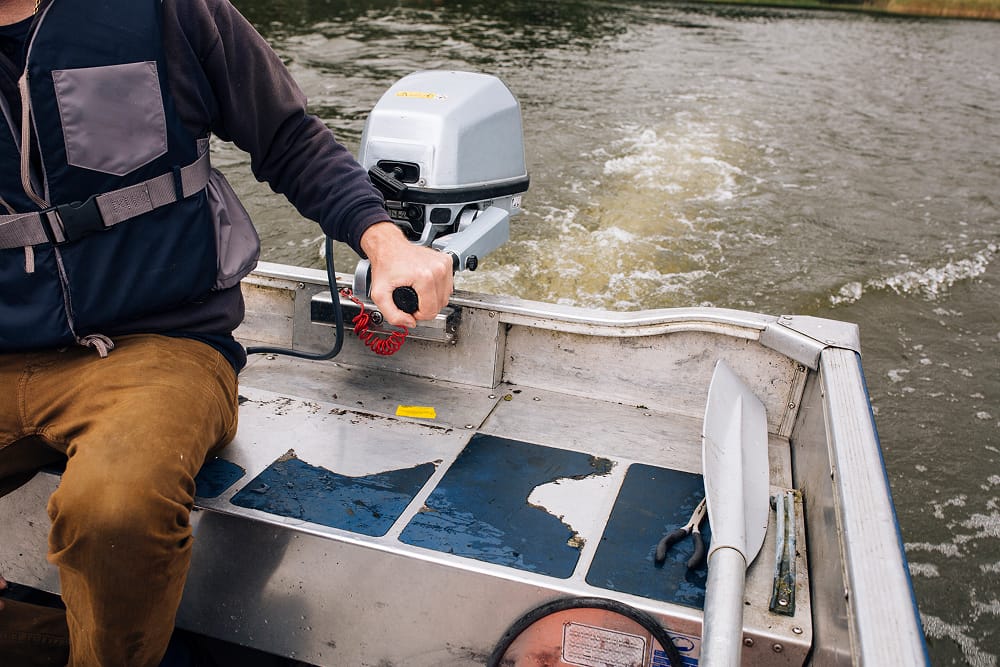
High Propeller Pitch for High Speed?
Many boaters assume a higher pitch always means higher speed. That’s only half true. A high-pitch propeller can only deliver high speed if your engine can muster the torque to spin it effectively. Without enough horsepower, the engine lugs and fails to hit maximum RPM, wasting both fuel and potential.
That’s why lower horsepower engines benefit more from lower pitch props. They spin up faster, give you a stronger hole shot, and allow for smoother acceleration even at slower speeds.
Getting the Right Propeller for the Job
Prop size involves matching those numbers to your engine’s output and your boating goals. If you’re fishing in shallow freshwater with a Jon boat, you’ll want a lower pitch for better low-speed control. You need more pulling power for tow skiing, not just raw speed. Cruising across open water at 50+ knots? That calls for high pitch.
There is no universal “best” prop pitch. The right prop depends on the boat, the load, and how you intend to use it. That’s why professionals treat propeller selection as part art, part science.
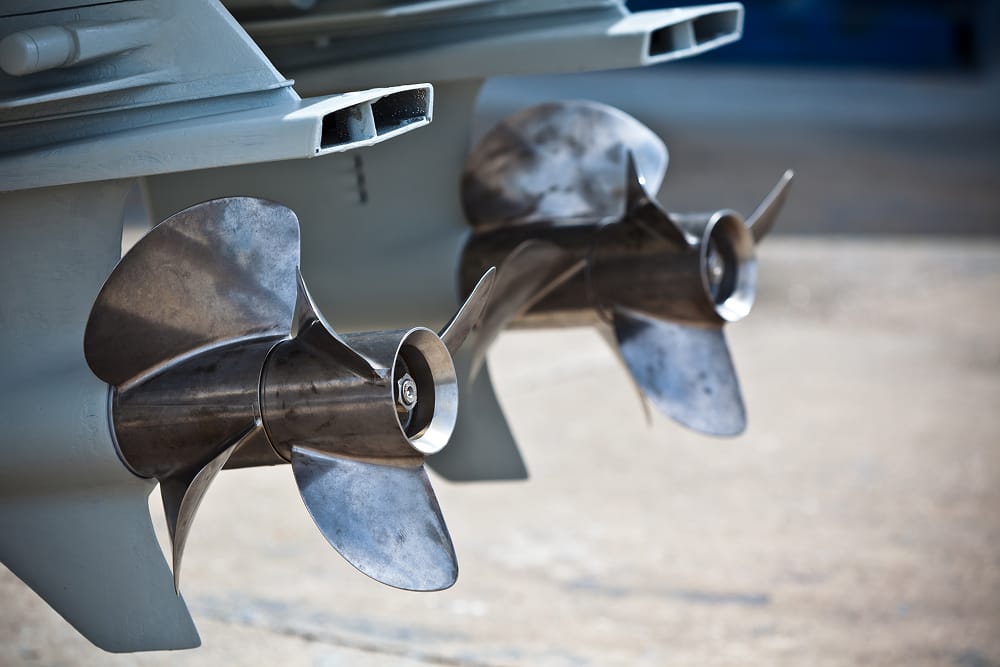
Signs You’re Using the Wrong Pitch
If your boat feels like it’s dragging its feet or can’t stretch its legs at full throttle, your propeller pitch might be off.
Common indicators include:
- The engine revs too high, but the boat barely moves (due to too low a pitch).
- You can’t get the boat on a plane fast enough (slow hole shot).
- You struggle to hit the top speed advertised for your motor.
- Your engine can’t reach its maximum RPM.
- Fuel economy tanks for no apparent reason.
Most of these problems come down to bad pitch. If you let it go too long, you’re not just losing performance. You’re putting serious wear on your engine.
Propeller Pitch & Fuel Efficiency
A well-matched outboard propeller pitch doesn’t just make the boat feel snappier. When your propeller RPM and engine RPM stay in sync, your boat glides more smoothly and burns less fuel. But when the pitch forces the engine to work harder than it should.
That’s especially important for long-haul cruisers and anyone keeping a close eye on running costs. Switching to a properly tuned prop pitch is one of the simplest and most effective ways to improve fuel efficiency without swapping engines or redesigning your boat.
Dial in the Right Prop Pitch
When you understand how propeller pitch affects boat performance, you gain control over acceleration, top speed, towing ability, and fuel efficiency.
You don’t need to be a marine engineer to get it right; you need to know your boat’s specs, understand your boating needs, and respect the science behind prop size and pitch number. With the correct info, you can choose a propeller that turns your boat into a smooth-sailing machine.
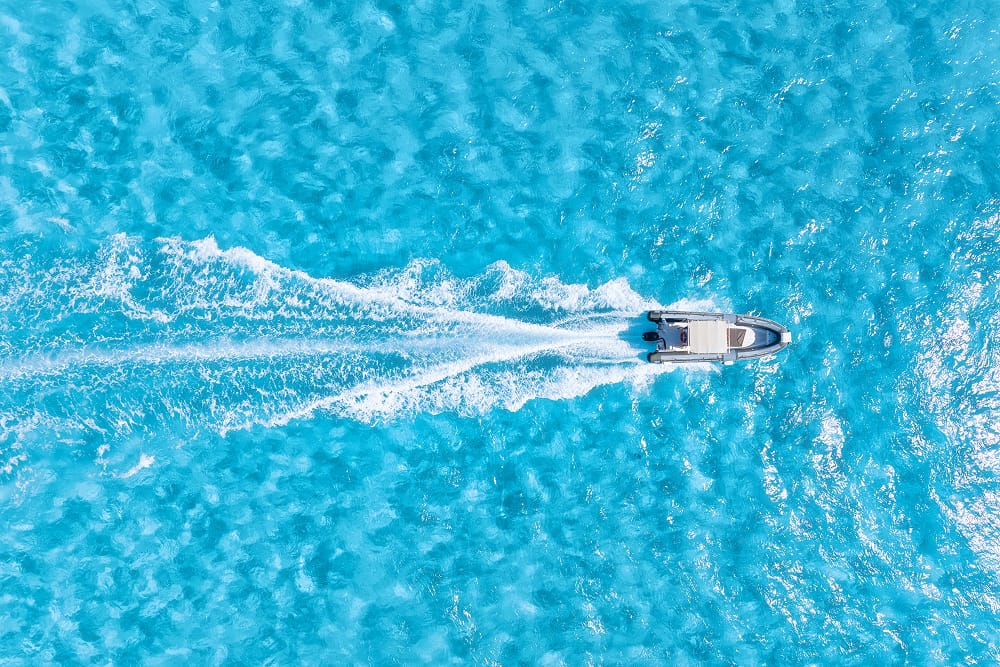
Ready to Upgrade Your Ride?
Stop fighting against the current. Get the right propeller for your boat and feel the difference on your very next trip. Whether you’re chasing speed, pulling weight, or cruising with precision, your prop pitch holds the key to unlocking your boat’s best self.
Find The Perfect Prop Pitch and Diameter at Prop Depot
Selecting the perfect prop used to be a headache, right? Not anymore. Prop Depot cuts through the confusion, making it simple to dial in the right pitch and diameter for your rig. We’re packing a huge inventory of props, each one sized and spec’d for every kind of boat. Shop our Mercury props for your weekend warrior or our ACME props for a yacht.
Every boat deserves to glide effortlessly, and that’s exactly what we deliver. So whether you’re looking for an upgrade or a quick repair job, contact us and unlock top-tier boat performance. And here’s the cherry on top: we offer a 3-5 day turnaround on wake/surf boat and stainless steel propellers.
